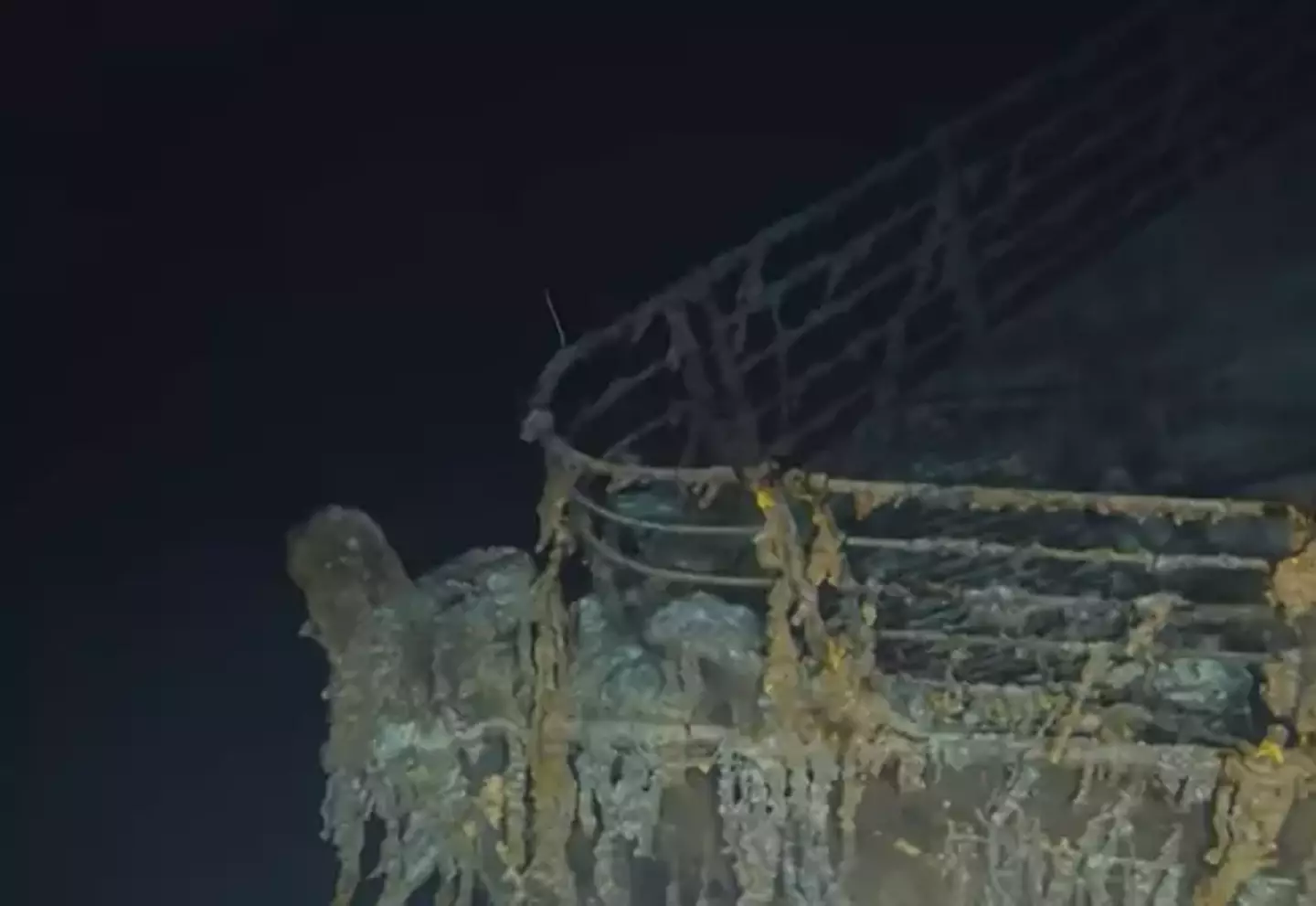.png)
Some people are wondering what the scientific reason is for the wreckage of ships like the Titanic not imploding when they sink while it's the fate the Titan submersible suffered.
The OceanGate sub had been diving down to the wreck of the Titanic when it suffered a 'catastrophic implosion' which killed all five people on board.
Experts believe the bodies of the five on board the submersible would have been killed instantly with their bodies likely 'turned to dust' in less than a millisecond, much too fast for those involved to realise what was happening.
They're not the first to die in a submarine implosion, with the Argentine submarine San Juan being destroyed by an implosion in 2017 killing all 44 crew members on board.
Advert
These incidents have got people wondering exactly how the process works and why a submersible like the Titan can 'catastrophically implode' when the wreck of a huge ship like the Titanic can be relatively intact on the seabed.

The basic answer is, as Sean Davis says above, that the lack of pressure differential means there's not going to be an implosion.
The pressure inside and outside the Titan sub being different when the hull failed resulted in the catastrophic implosion which destroyed the sub and killed everyone on board.
IFLScience explained why implosions of the kind that destroyed the Titan occur in the first place as they quoted physics professor Arun Bansil.
Advert
He said: "When a submersible is deep in the ocean it experiences the force on its surface due to water pressure. When this force becomes larger than the force hull can withstand, the vessel implodes violently."
If the pressure on the inside of an object is lower than that of the outside then an implosion can occur if the thing containing the pressure can no longer withstand the force.

As for why this didn't happen to the Titanic herself, it actually did for certain parts of the ship.
IFLScience said that parts of the ship such as the stern (the rear) section did implode when they were sinking about 60 metres (200 feet) below the surface of the water.
Advert
The bits of the ship that didn't implode and sunk to the bottom of the ocean relatively intact did so because the air could be released from them so as they filled with water the pressure inside and outside those chunks of the hull were the same and thus not going to cause an implosion.
Other parts where the air couldn't properly escape were subjected to different pressures and, therefore, imploded.
This is why on the wreckage of the Titanic the bow (the front) of the ship is rather recognisable while the stern is almost completely destroyed.